Long before the gruesome bombings at the Boston marathon, U.S. counterterrorism officials feared that the improvised explosive devices used so effectively by insurgents on the Iraq and Afghanistan battlefields might one day make their way to U.S. shores.
And as authorities sift the crime scene for clues about who carried out Monday’s attack that killed three and injured more than 140, a new question lingers over the Homeland Security front: Has America entered a new era of terrorism in which small, easily hidden bombs that can wreak panic and carnage supplant or augment the larger-scale terrorist attacks favored by traditional terrorist groups like al-Qaida or home-grown white supremacists like Timothy McVeigh?
“The Boston bombing is the worst of what we thought was coming to our country, but we hoped it never would – IED bombings,” said Thomas Creal, who tracked terrorism financing for a U.S. military task force in Afghanistan.
Boston hospitals reported a large number of multiple amputations and critically injured patients with severe lower extremity injuries, the sort of injuries the U.S. military has seen on a near daily basis from IEDs in Iraq and Afghanistan. An 8-year-old boy was among the dead, according to law enforcement officials. As of late Monday night, 144 people were counted as injured, among them were four children 12 and under being treated for their injuries at Boston Children’s Hospital.
It is still uncertain what groups or people are behind the bombing, but it appeared to be a well coordinated attack, according to federal law enforcement officials.
James Carafano, a senior defense analyst with The Heritage Foundation, said “IEDs are the weapon du jour of terrorists” and difficult to defend against.
SEE ALSO: Mass. Gov. Deval Patrick: No unexploded bombs found at Boston Marathon
“This is our classic threat profile,” said Carafano. “There are some common sense precautions we take, but in a public area like that of the marathon it’s almost impossible to be full proof.”
He noted that the Boston bombing isn’t the first attempt by terrorists to target crowded venues or use low-level weaponry to inflict mass casualties. For instance, the Fort Hood shooter, Major Nidal Malik Hassan who was in contact with al-Qaeda in Yemen, gunned down 13 people and attempted to kill 32 others in a crowded area of the base.
Other attacks in the U.S. have either been thwarted by authorities or have failed due to faulty equipment, like that of the attempted 2010 Times Square bombing. Faisal Shahzad, who was trained in bomb making, failed to detonate his car bomb, which was discovered by a street vendor who reported it to the police.
“The only difference between this bomb and the bomb in New York’s Times Square, is that the bomb in Times Square didn’t go off,” Carafano said.
A U.S. military official, with extensive knowledge of IEDs and who has served in multiple war zones, said law enforcement officials “have every right to fear these types of IED attacks in the United States against vulnerable citizens.”
The military official said based on the evidence made public by law enforcement the devices could have been made with locally purchased products, such as the ball bearings found at the scene.
SEE ALSO: Stunned Americans grieve as portraits of Boston Marathon bombing victims emerge
“The thing with an IEDs, it costs a million fold plus to thwart the attacks, than it does to make an actual bomb,” the military official said. “I can make a bomb for 200 bucks with stuff bought at a store but it will cost hundreds of millions of dollars to ramp up security, conduct searches, investigation costs and local law enforcement costs.”
“This type of terrorist incident makes it possible for a poorly financed person or group to scare an entire nation with a single act of terrorism,” the official added.
Law enforcement officials say the bombings were part of a well-organized attack. At least one Saudi citizen, in his early 20s, is being questioned by authorities as a person of interest in the bombings, according to numerous officials and news reports.
Creal said one of the most importnt missions going forward — no matter who is determined to be responsible for the Boston bombings — is to track and stem the flow of funds that support such operations.
“It should not come as a surprise… It is again all about the money – we can trace it – that was proven in Afghanistan and Liberia, but more important we need to punish all those involved – couriers, suppliers, banks, networks, countries. Stop the money flow and we stop the killings,” he said.
U.S. Intelligence agencies are closely monitoring terror groups overseas and working closely with other foreign intelligence agencies in lieu of the bombings.
President Barack Obama vowed to bring those responsible to justice. “Make no mistake, we will get to the bottom of this, and we will find out who did this, we’ll find out why they did this,” he told reporters.
The president promised the “full resources” of the government will be used to investigate the matter but did not use the word “terror” in his remarks.
The chairman of the House Homeland Security Committee. Rep. Michael McCaul from Texas, did. He told Fox News that evidence suggests the Boston Marathon attack “has all the hallmarks of an act of terrorism.”He said crime scene evidence produced ball bearings that were used in the explosive devices. “We don’t know who’s behind it at this time and we don’t have all the evidence,” McCaul added.



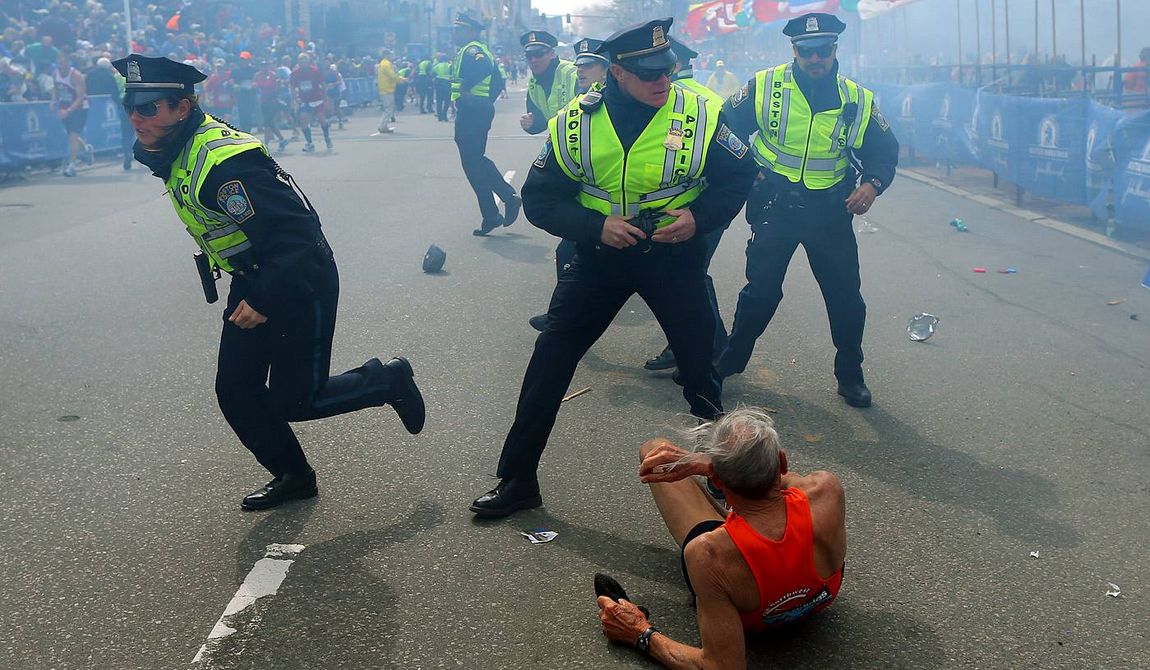
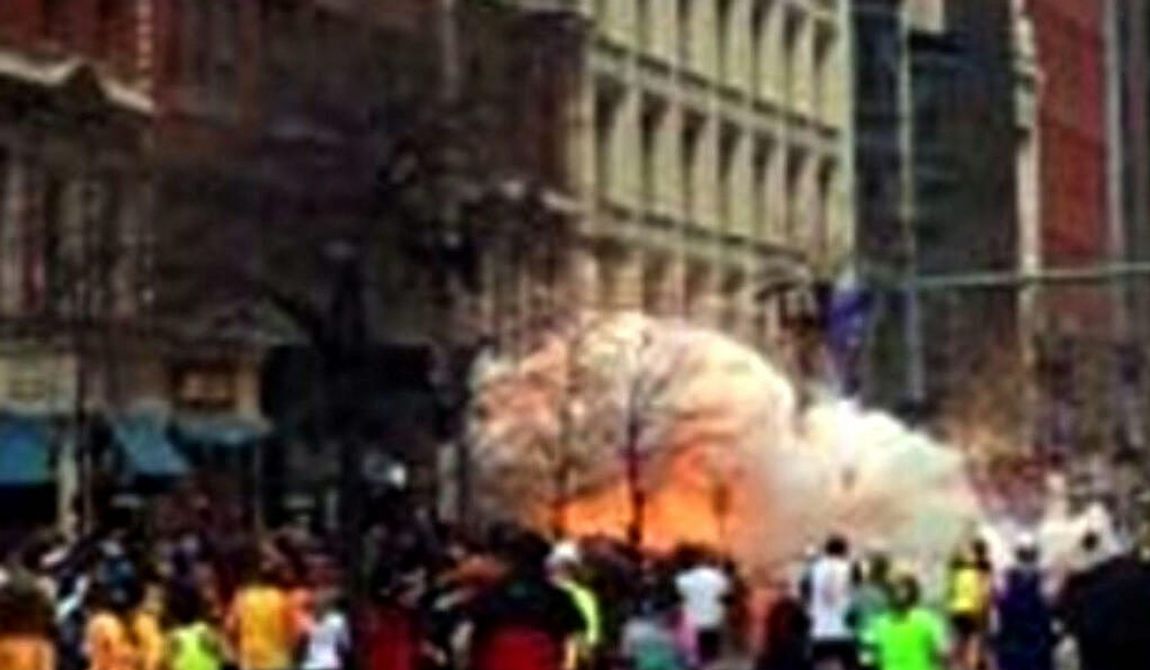

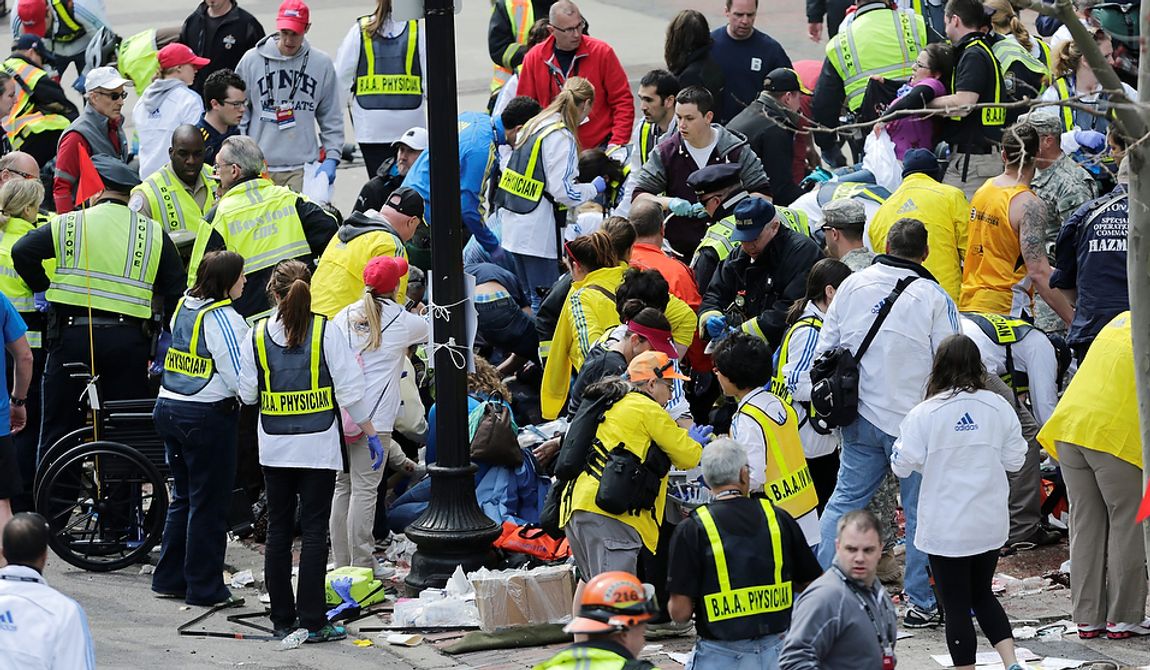
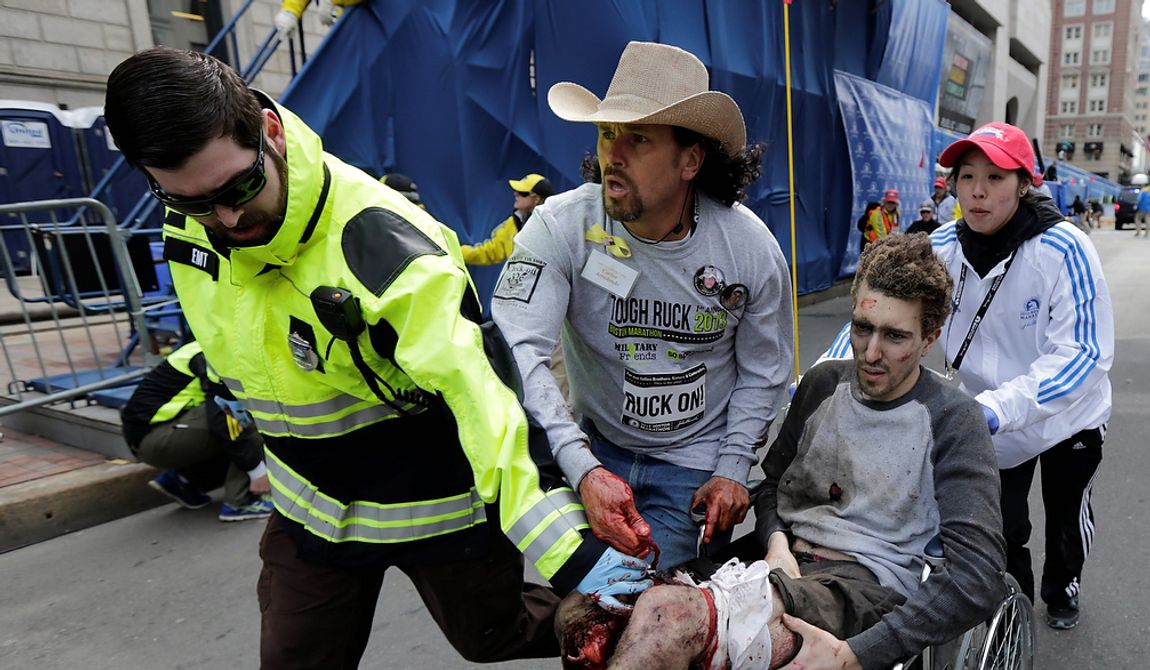
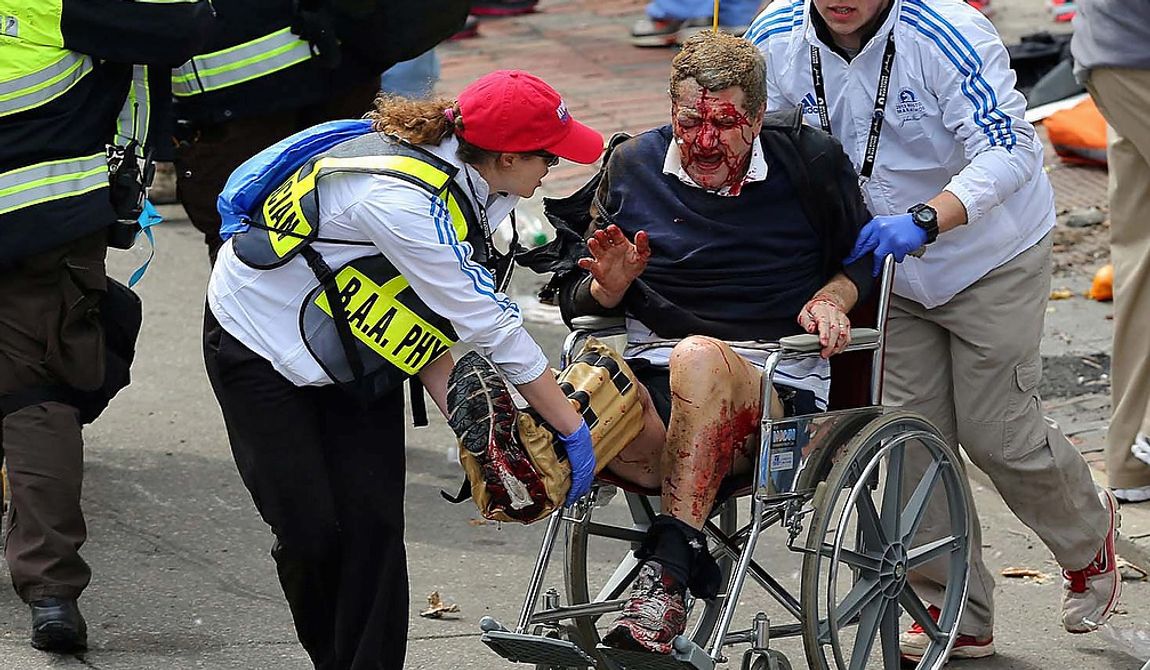

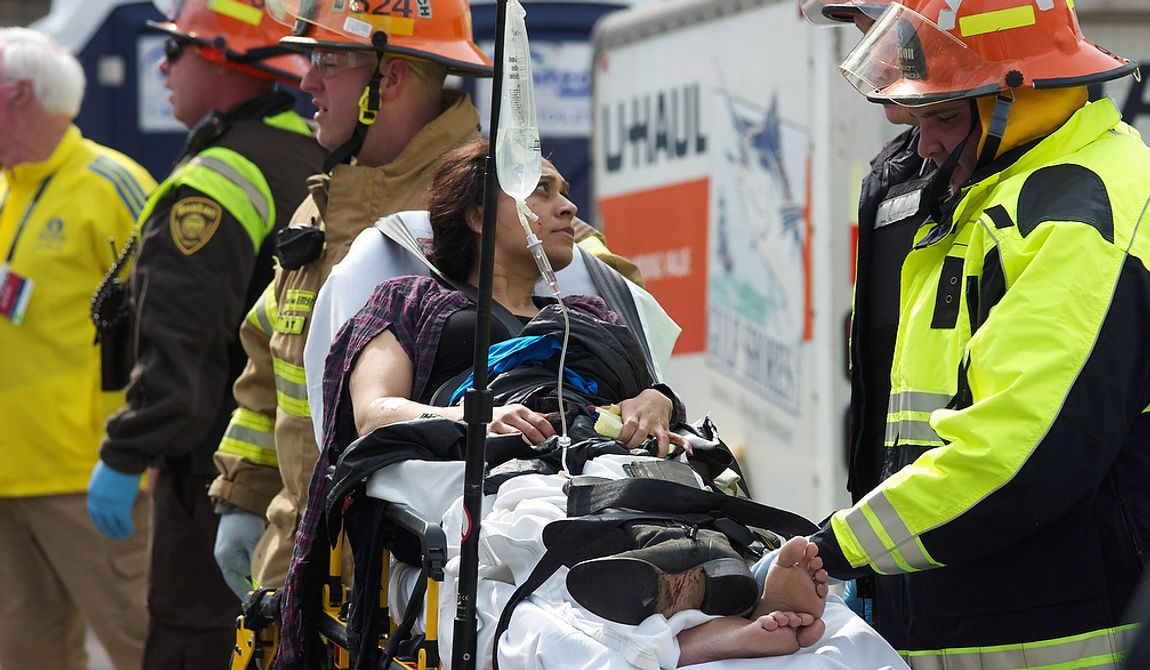
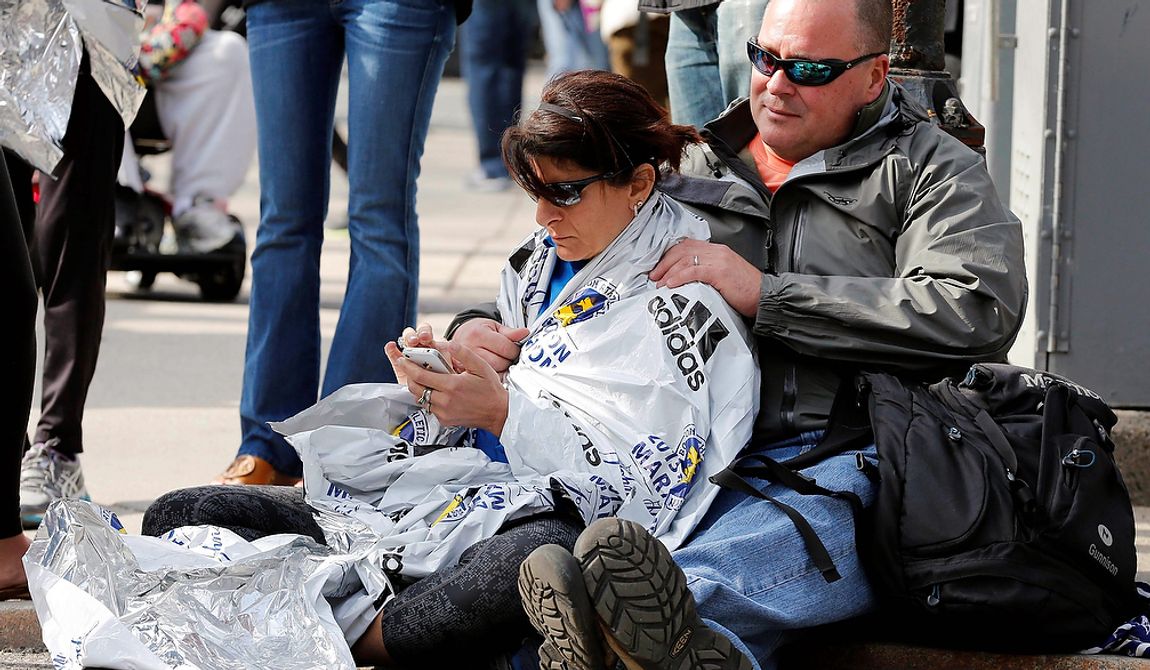
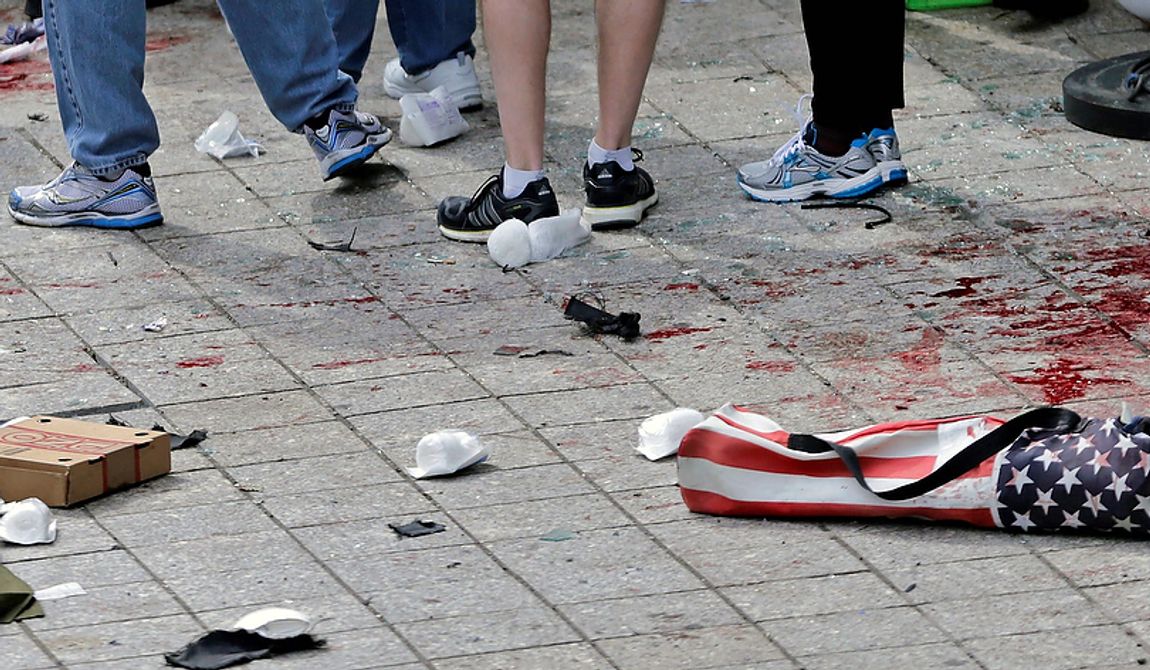
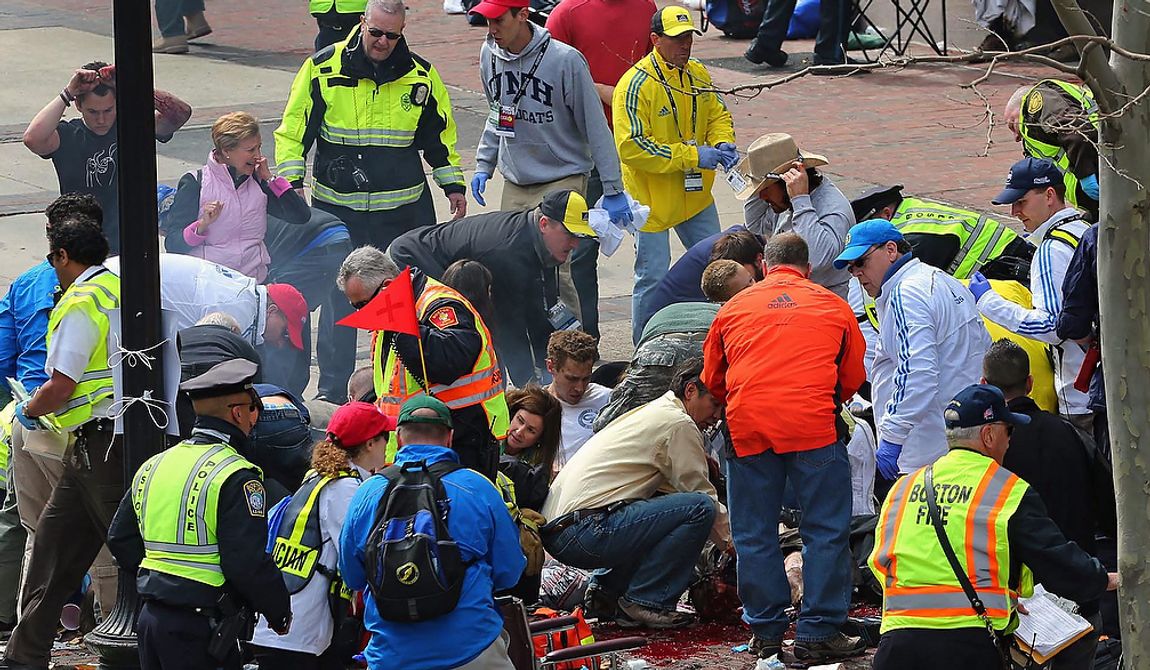
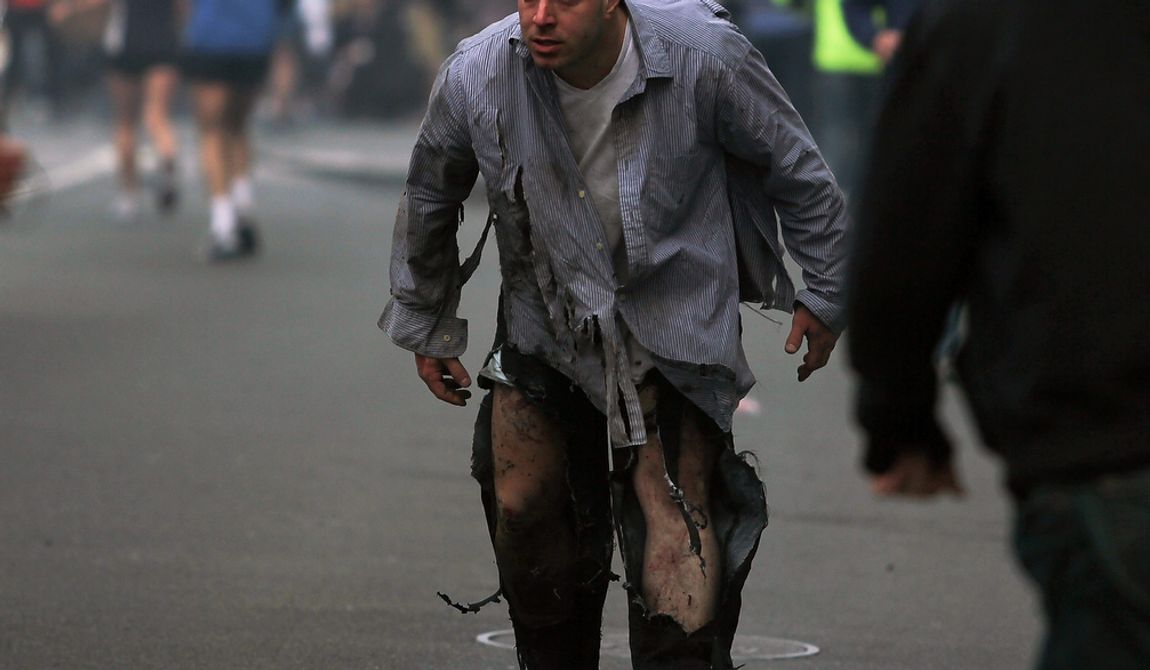
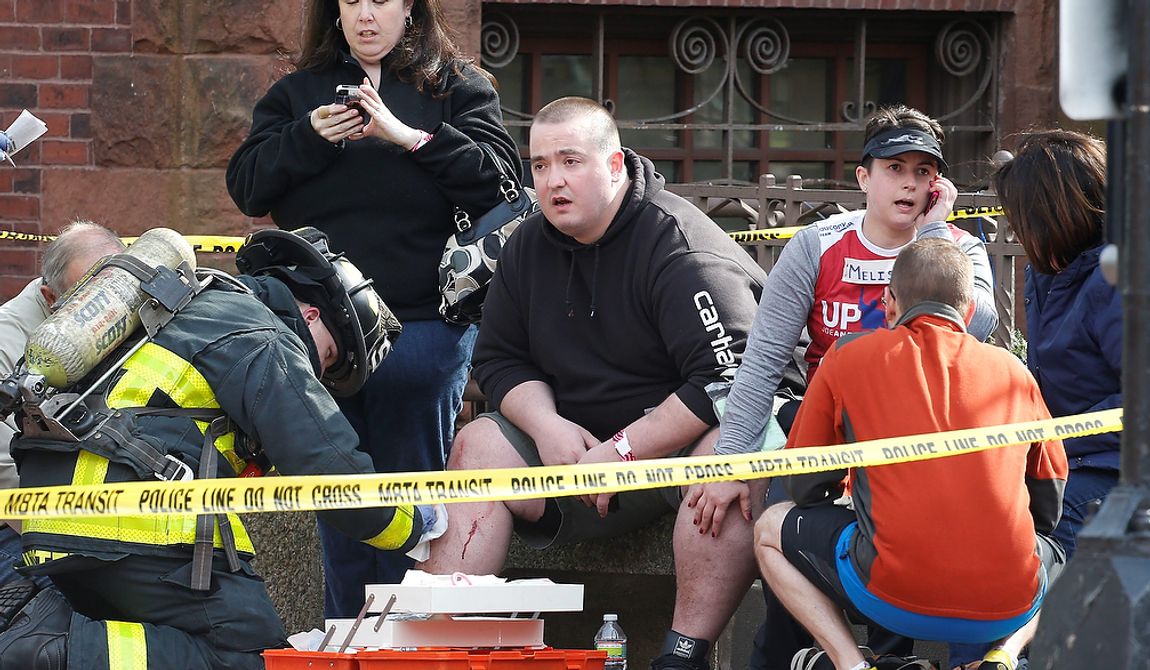
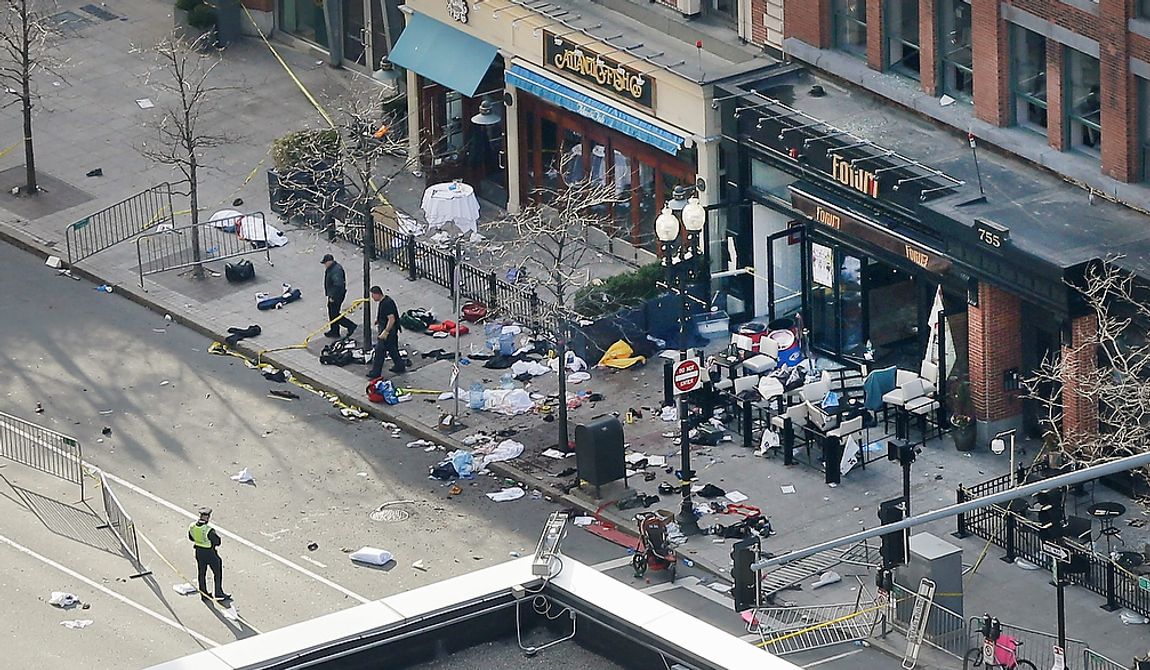
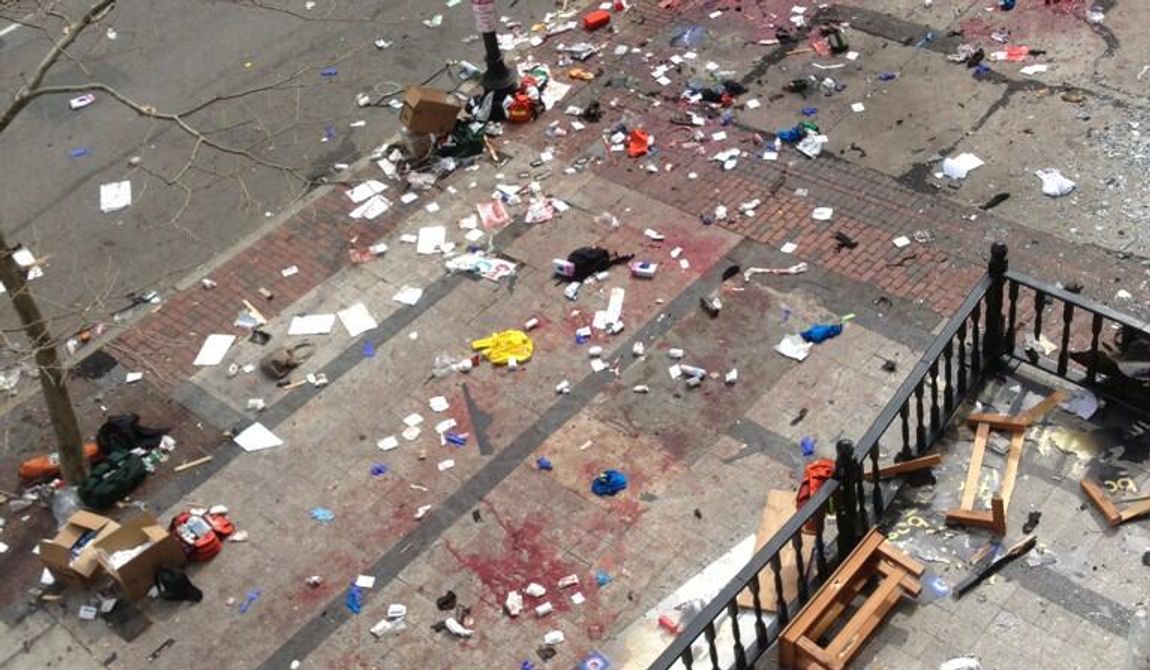
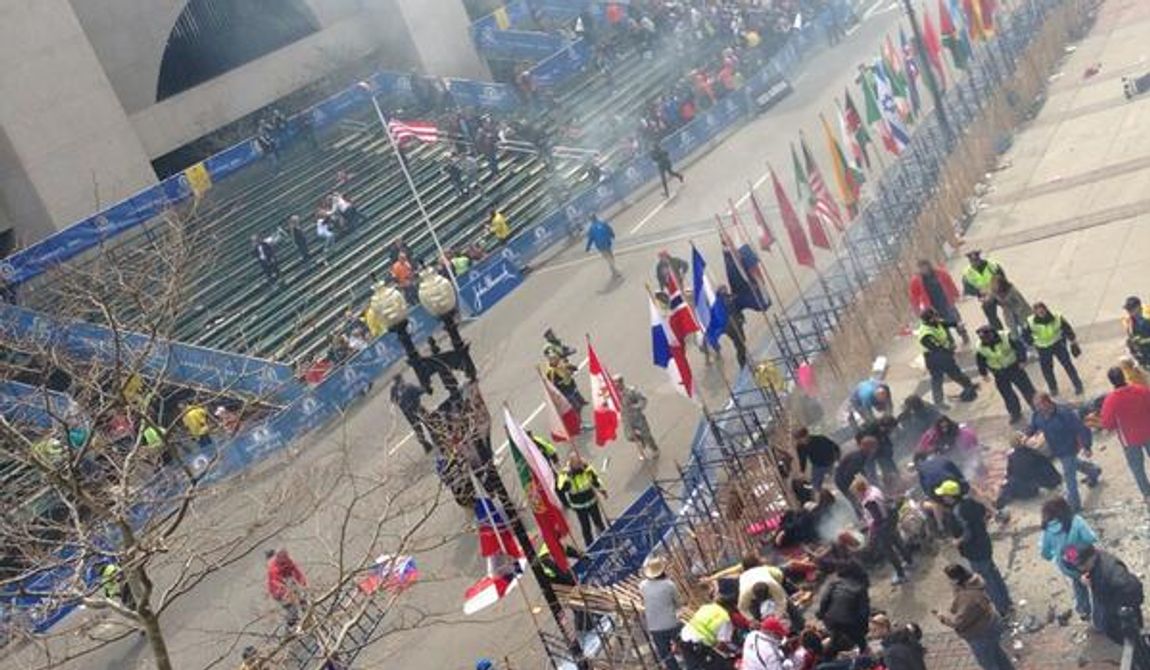

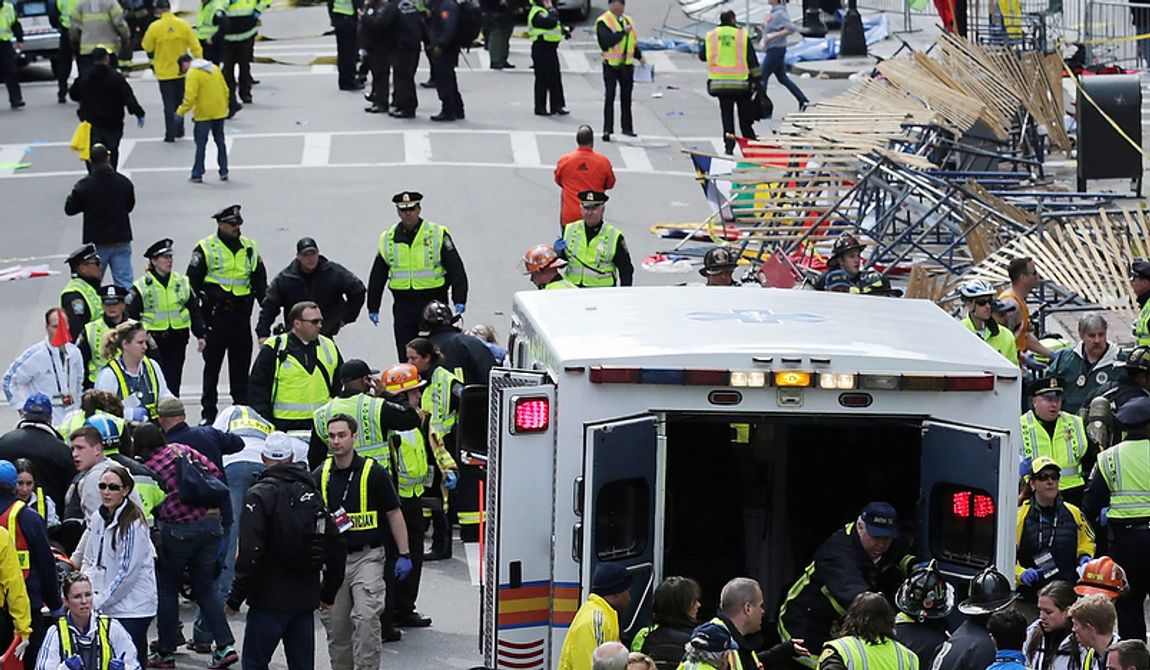
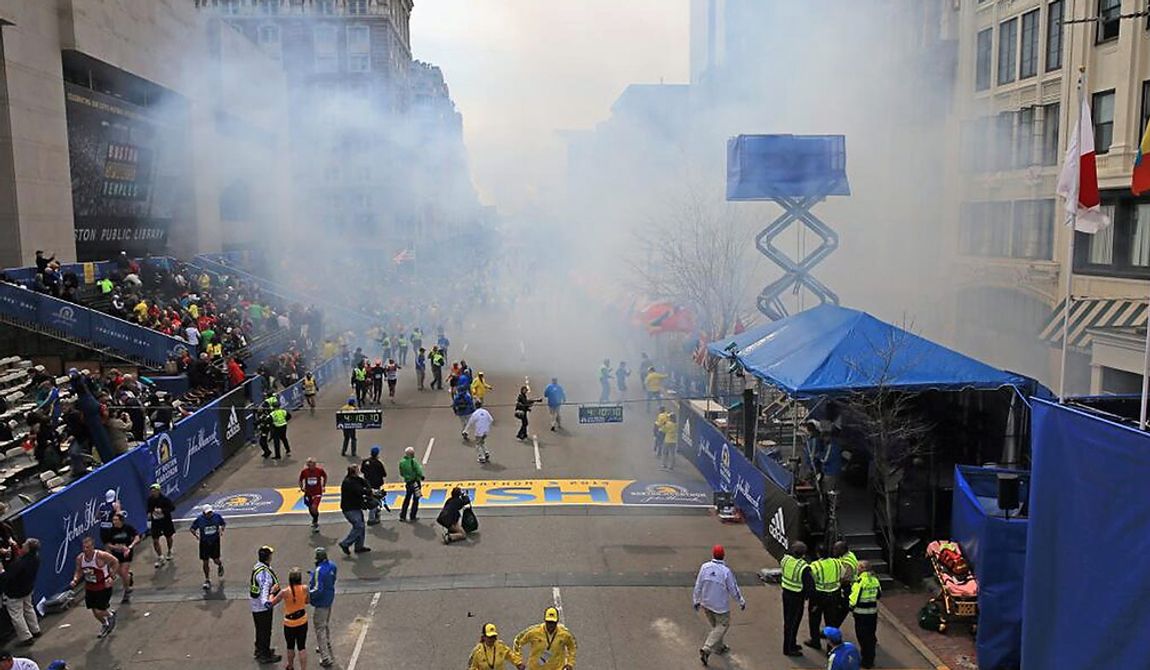
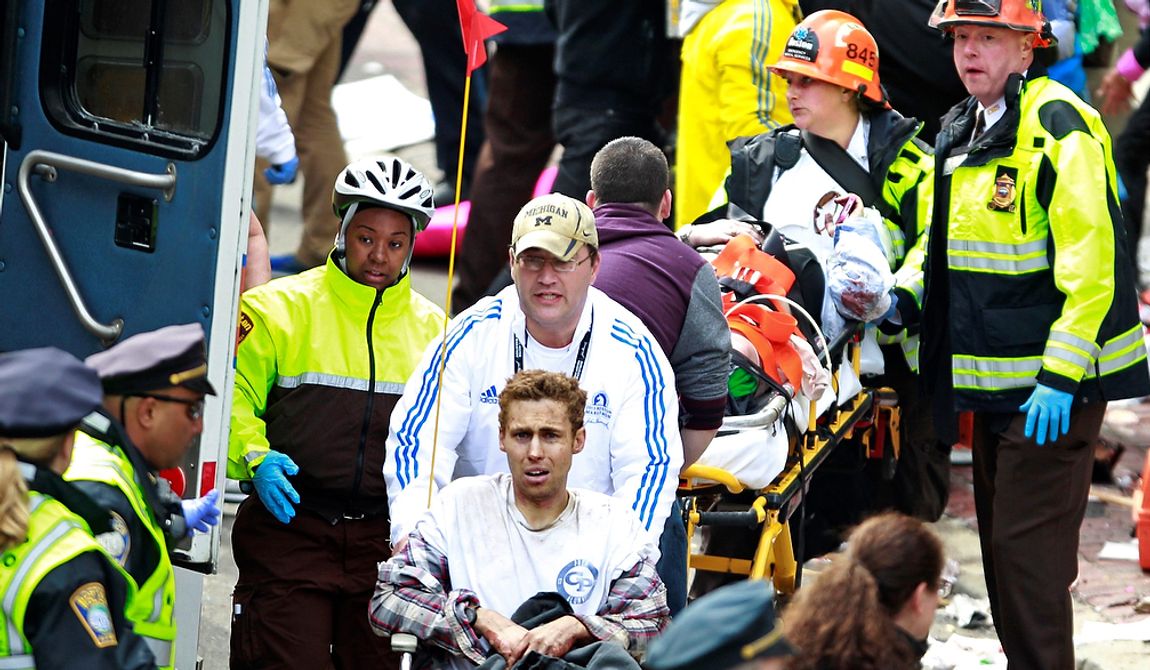
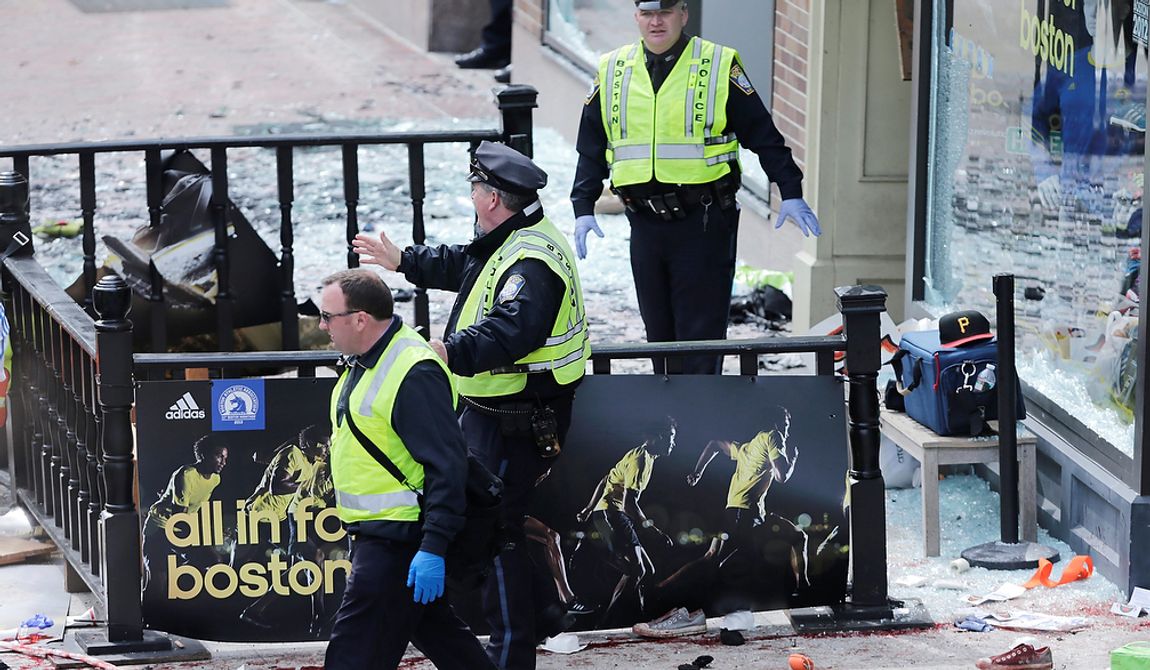
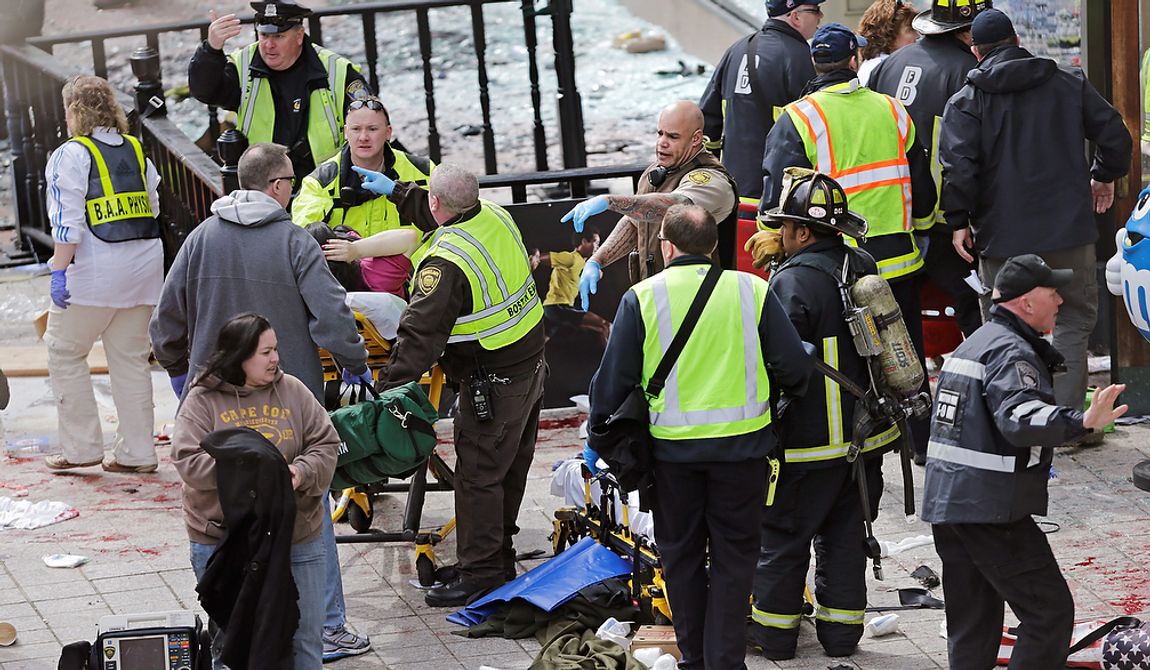
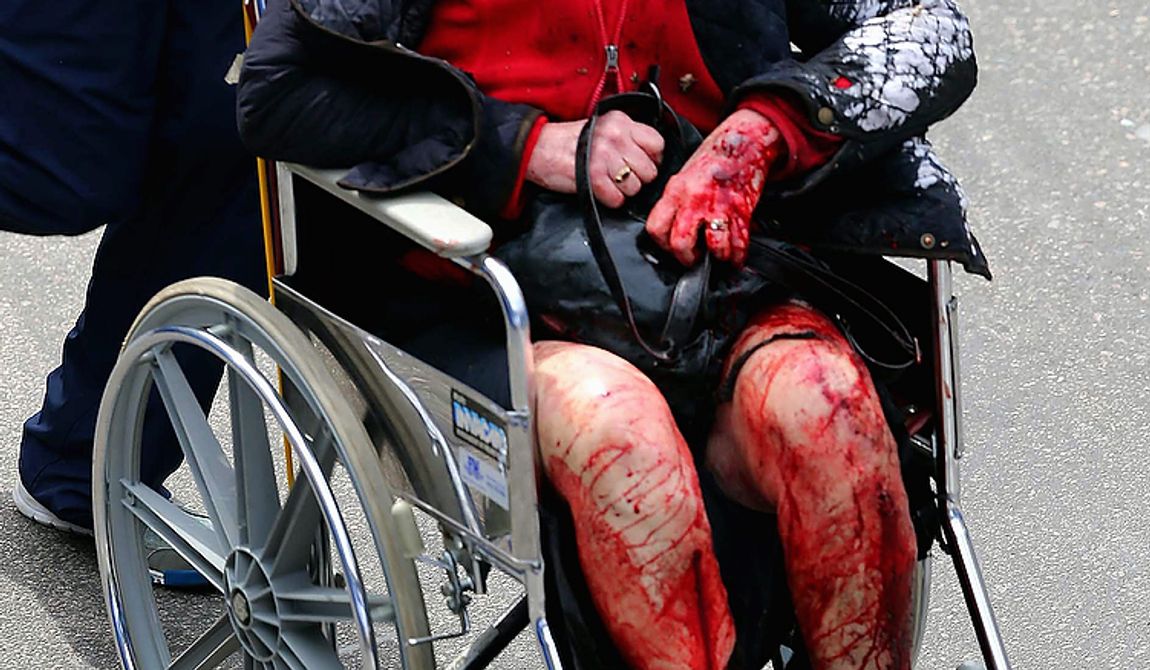
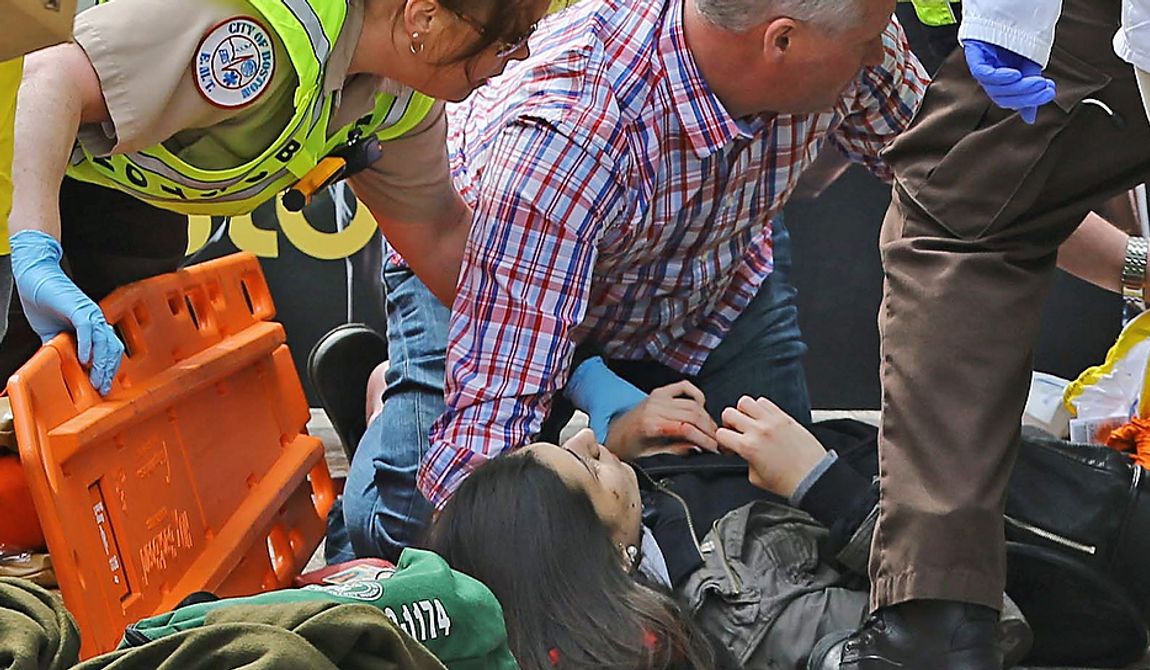


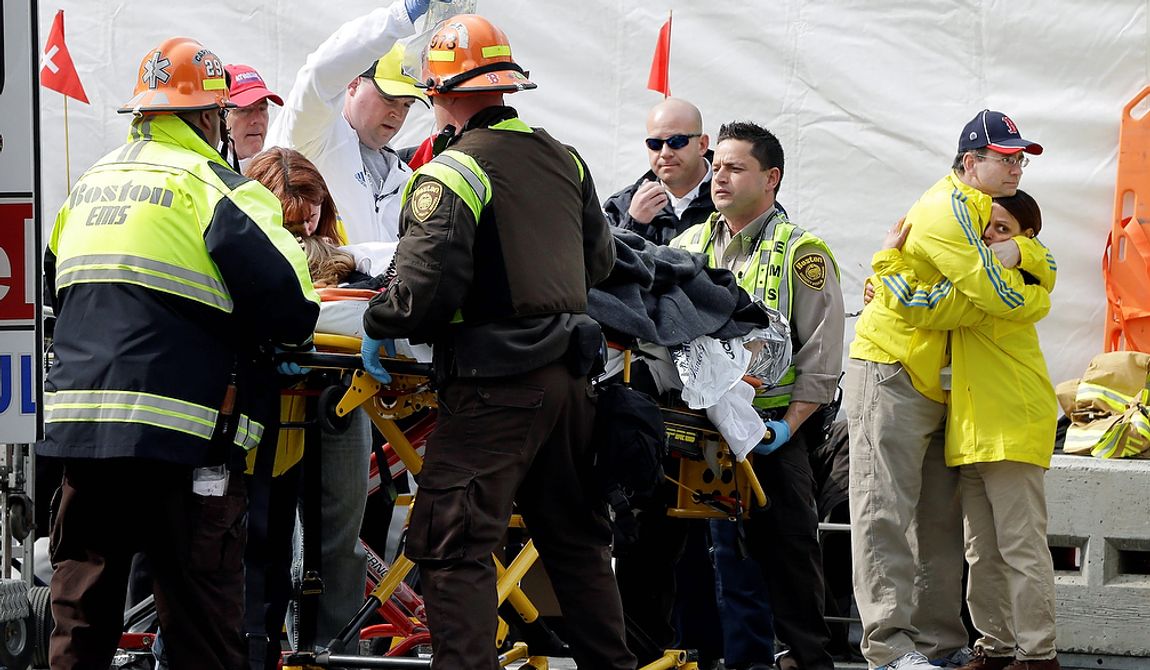
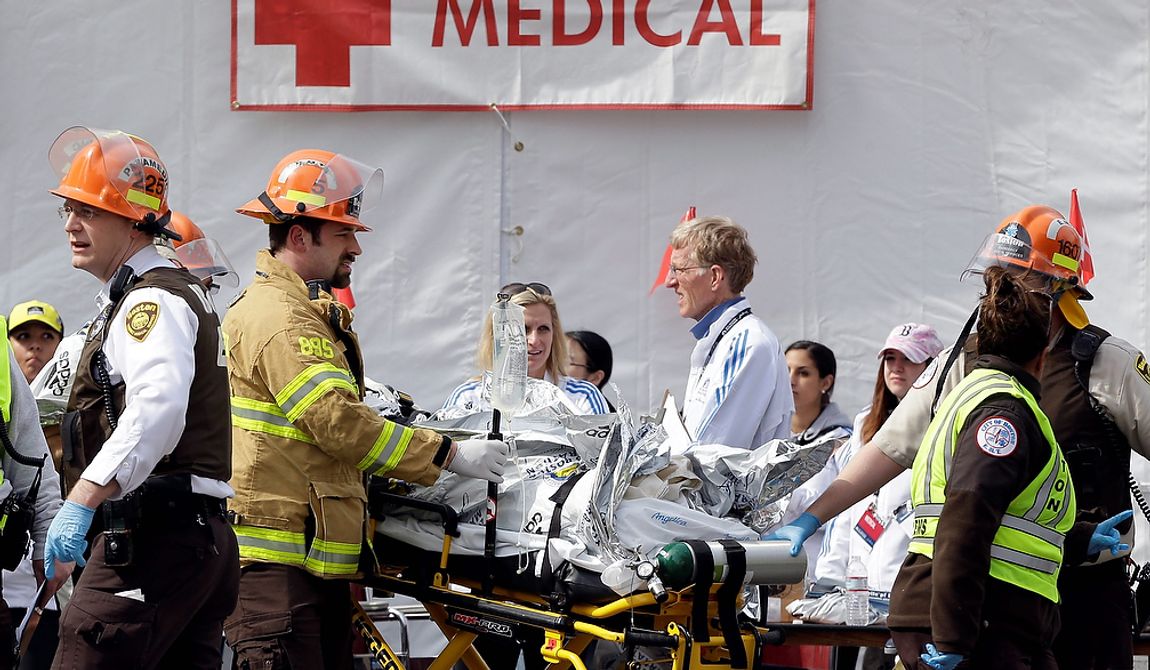
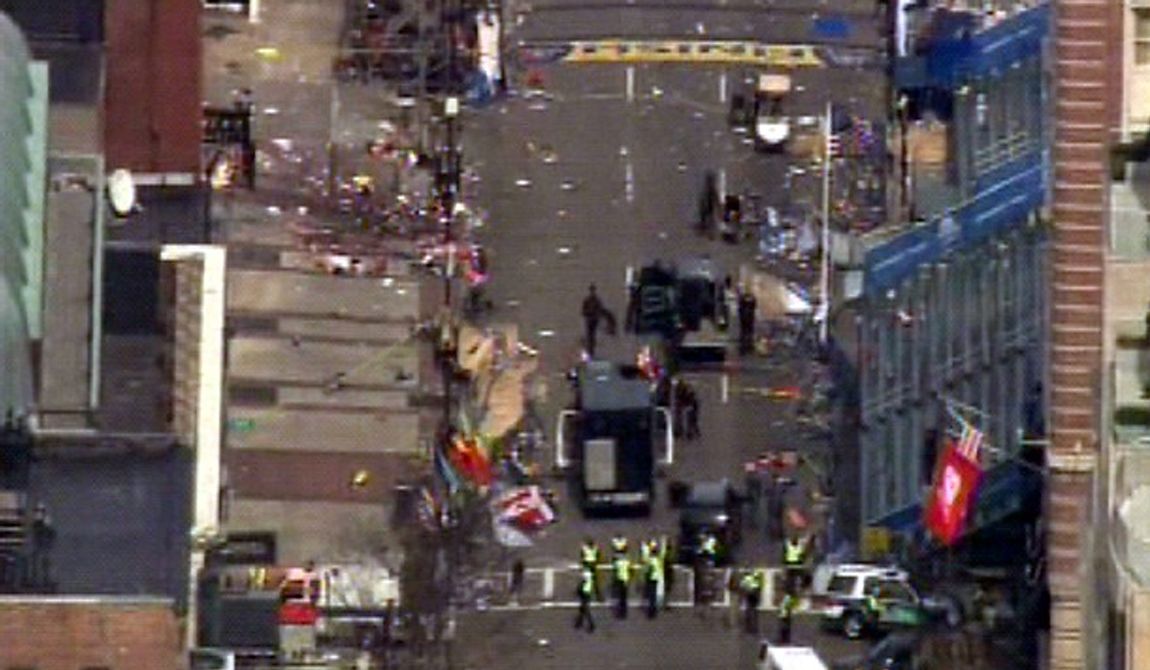
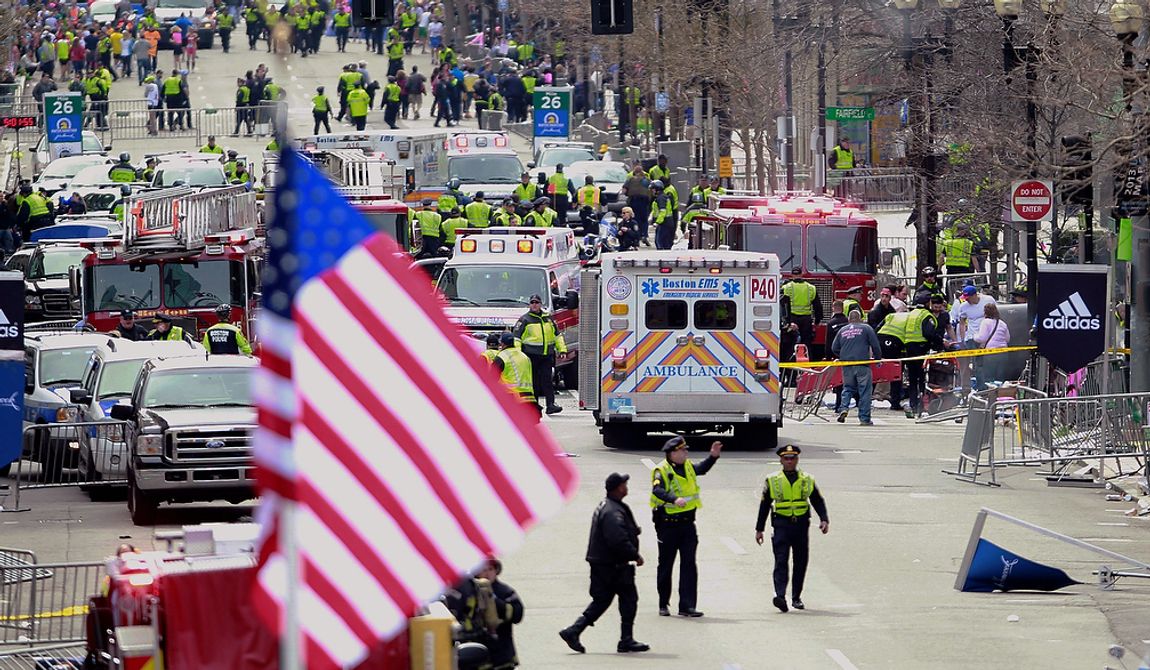
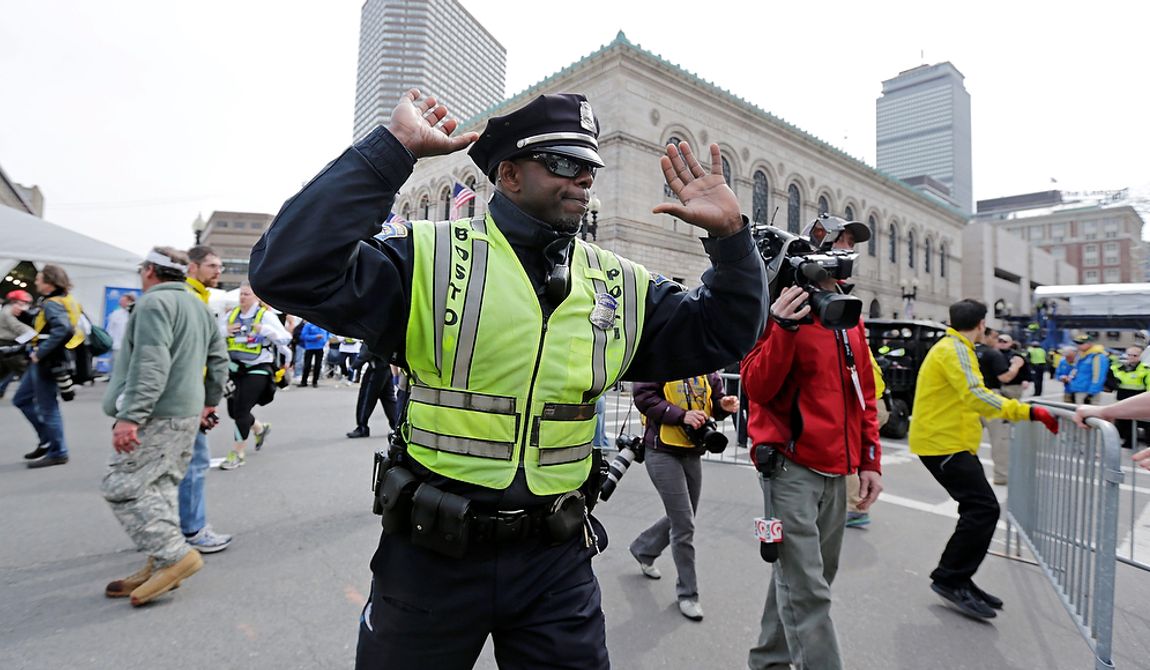
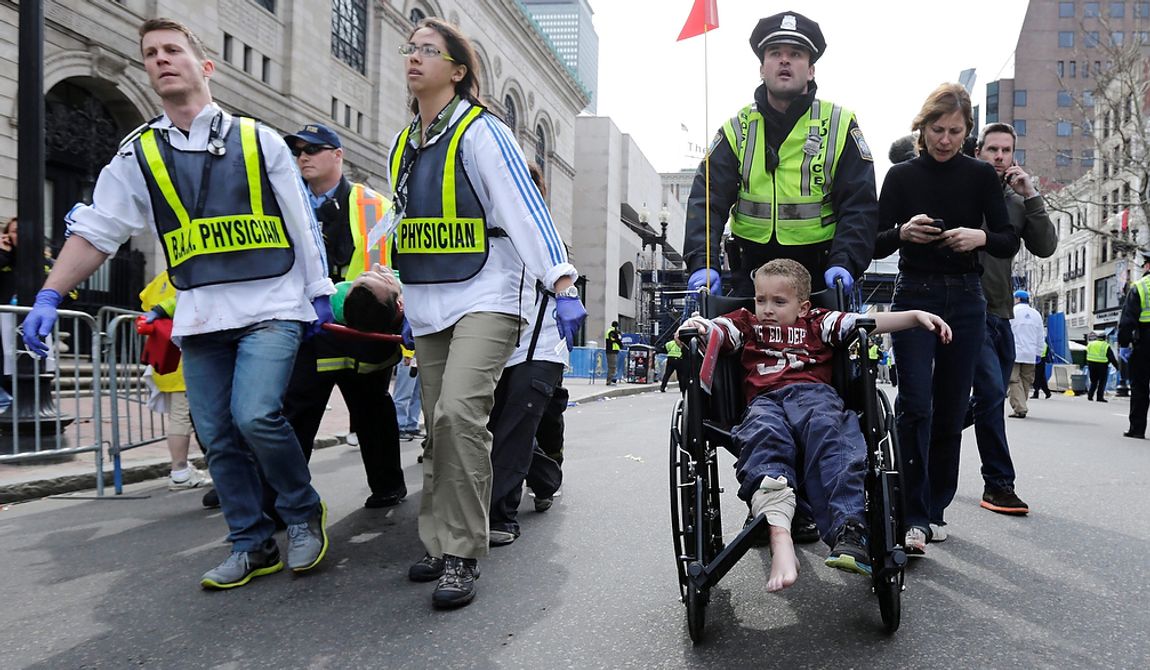
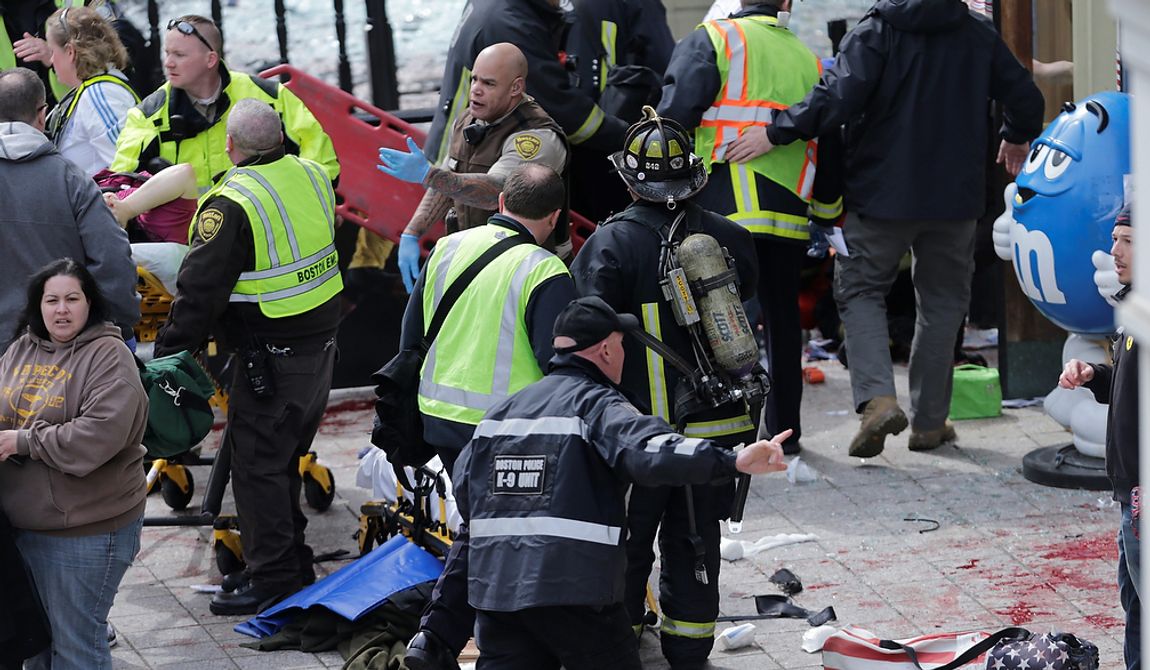
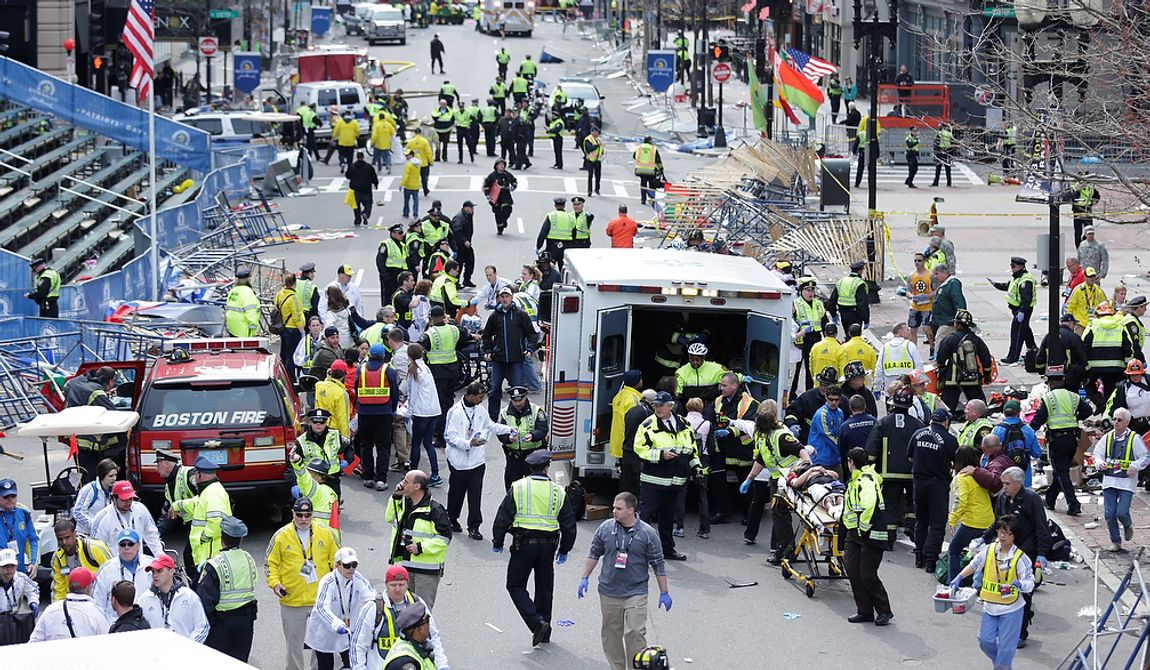
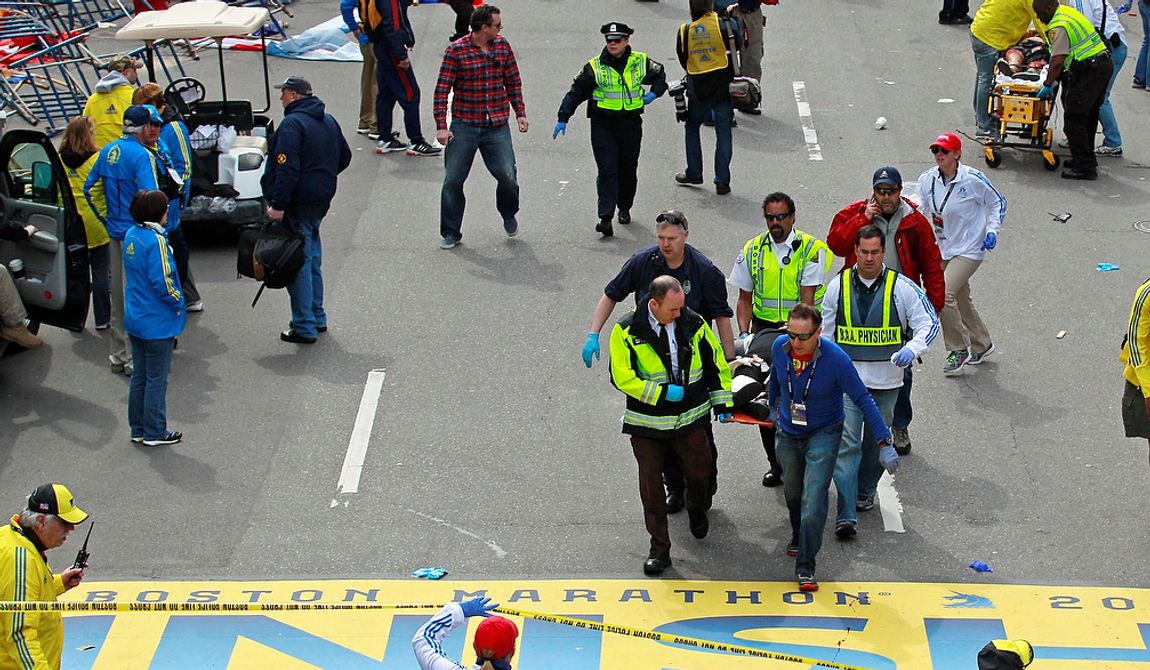
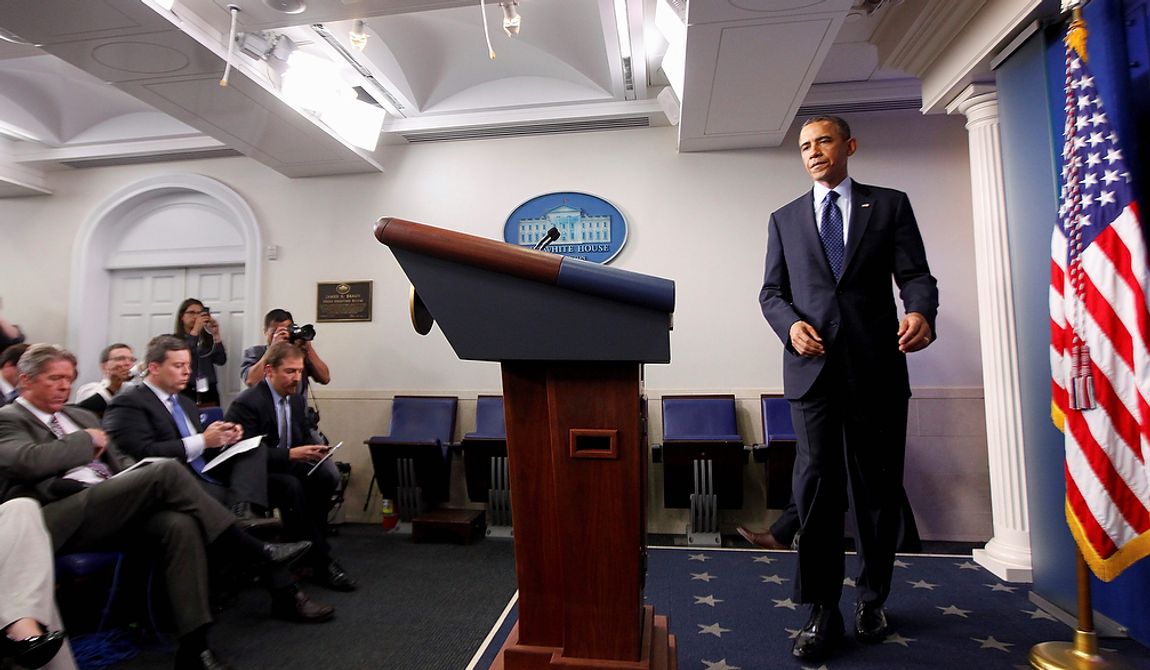

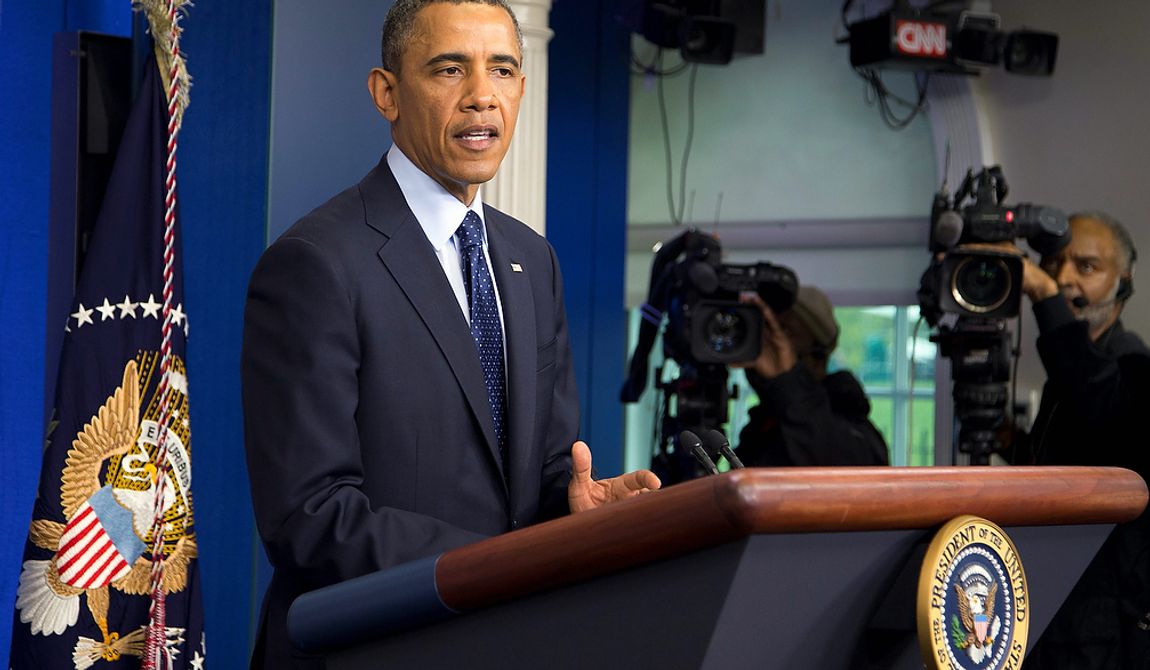
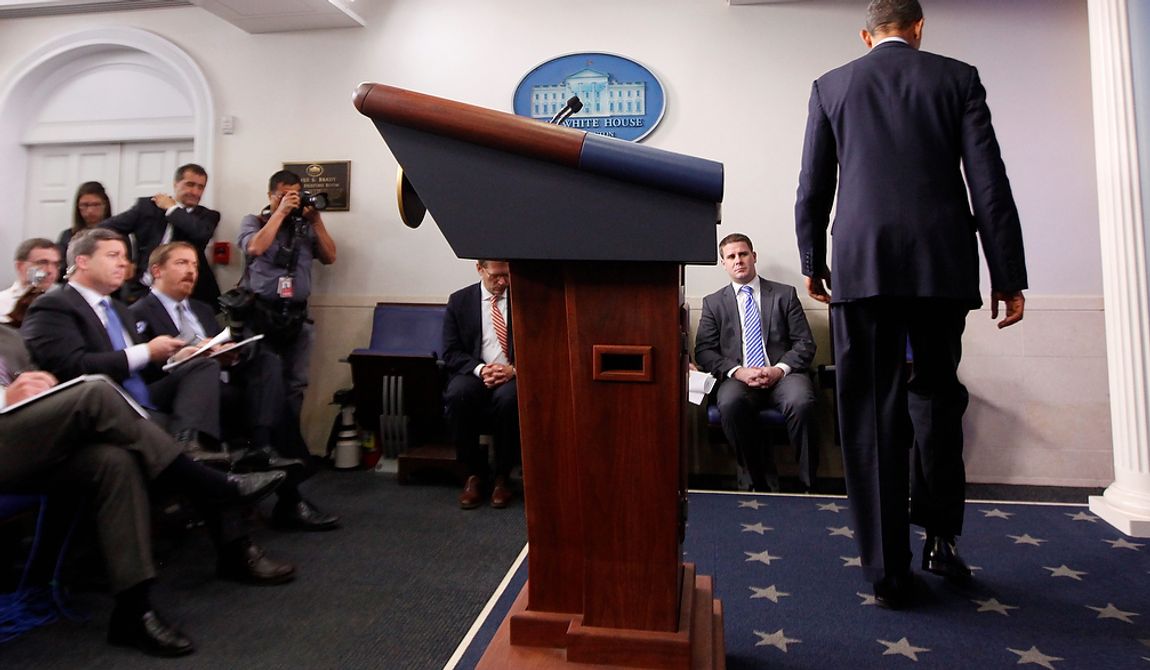
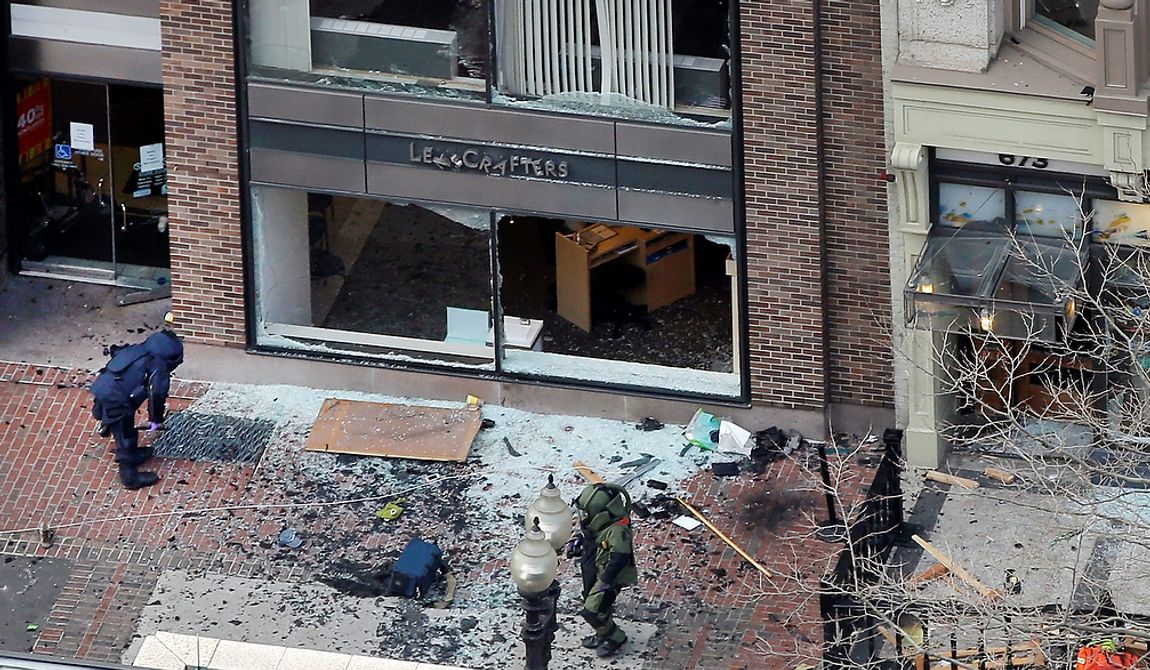
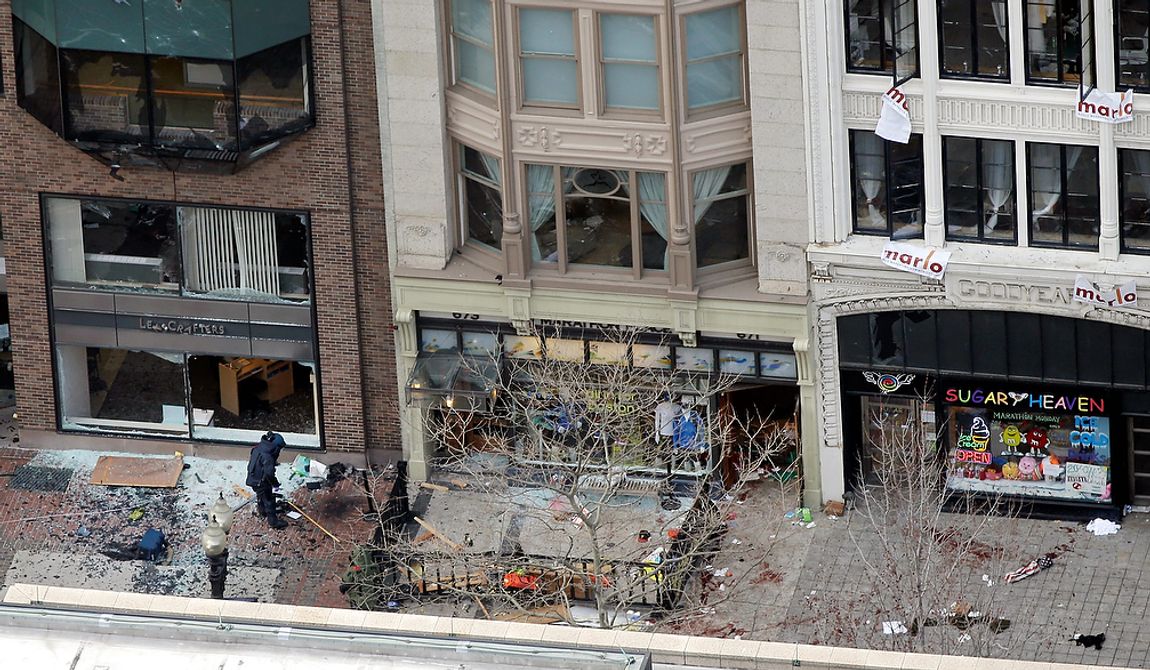
Please read our comment policy before commenting.